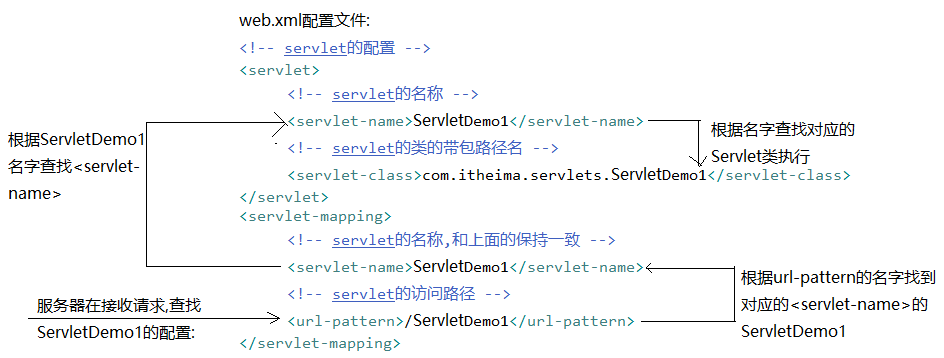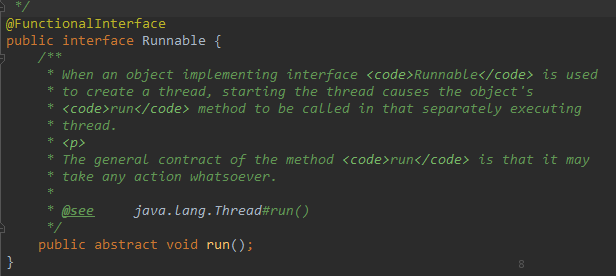STL之queue队列 stack栈 priority_queue优先队列 deque双向队列
一、queue
先进先出
empty() 是否为空
size() 返回大小
front() 返回队头数据
back() 返回队尾数据
push() 队尾压入一个数据
pop() 抛弃队头数据
stack
后进先出
empty() 是否为空
size() 返回大小
top 返回栈顶数据
push() 栈顶压入一个数据
pop() 抛弃栈顶数据
二、priority_queue
一般方法:
empty() 是否为空
size() 返回大小
push() 队尾压入一个数据
pop() 抛弃队头数据
top() 返回队头数据(并不会抛弃,需手动pop)
优先队列可以实现自动排序。其模板声明如下:
priority_queue
int a[3] = {1,2,3};priority_queue<int> pq;for(i = 0; i < 3; i++)pq.push(a[i]);for(i = 0; i < 3; i++){cout<<pq.top()<<" "; // 输出:3 2 1。默认大顶堆,元素大的优先级高pq.pop();}
实现小顶堆:
priority_queue<int, vector<int>, greater<int> > pq;struct Node{int x, y;Node(int a, int b): x(a), y(b) {}friend bool operator<(Node left, Node right){if( left.x == right.x ) return left.y> right.y;return left.x> right.x;}};priority_queue<Node> pq; // 只需定义一个struct就行了。struct Node{int x, y;Node(int a, int b): x(a), y(b) {}friend bool operator<(Node left, Node right){if( left.x == right.x ) return left.y> right.y;return left.x> right.x;}};struct Cmp{bool operator() (Node left, Node right){if( left.x == right.x ) return left.y> right.y;return left.x> right.x;}};priority_queue<Node, vector<Node>, Cmp> pq; // 第三个参数自定义时需分开。
三、deque
deque second (4,100)
at []
front()
back()
push_back()
pop_back()
push_front()
pop_front()
insert()
erase()
empty()
size()
其他
函数特化同时使用front和top:
#include <iostream>#include <queue>template <typename Q> struct get_top;template <typename T> struct get_top <std::queue<T>>{static void apply (std::queue<T> const& q){std::cout << "std::queue" << std::endl;q.front();}};template <typename T> struct get_top <std::priority_queue<T>>{static void apply (std::priority_queue<T> const& q){std::cout << "std::priority_queue" << std::endl;q.top();}};template <typename Q>void t (Q const& q){get_top<Q>::apply(q);}int main (){std::queue<int> q0; t(q0);std::priority_queue<int> q1; t(q1);return 0;}



































还没有评论,来说两句吧...